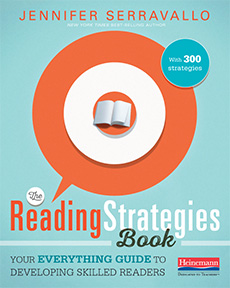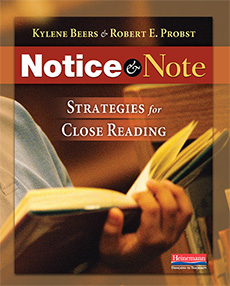Houlton Elementary Staff
I am thankful for…
- Teachers who care about their students, as if they were their own. Teachers who stay up to speed with best practices, and apply their new learning in their classrooms.
- Teachers who are playful, and love what they do!
It’s that time of year to think about everything you have to be thankful for. Although it’s nice to count your blessings on Thanksgiving, being thankful throughout the year has tremendous benefits on your quality of life. Research reveals gratitude can have these its benefits...
1. Gratitude opens the door to more relationships. Not only does saying “thank you” show good manners, but showing appreciation can help you win new friends.
2. Gratitude improves physical health. Grateful people experience fewer aches and pains and they report feeling healthier than other people.
3. Gratitude improves psychological health. Research shows that gratitude increases happiness and reduces depression.
4. Gratitude enhances empathy and reduces aggression. Grateful people have more sensitivity and empathy toward other people, and less desire to seek revenge.
5. Grateful people sleep better. Spend a few minutes jotting down or thinking about what you are grateful for before bed, and you may sleep better and longer.
6. Gratitude improves self-esteem. Rather than becoming resentful toward people who have more money or better jobs, grateful people are able to appreciate other people’s accomplishments.
7. Gratitude increases mental strength. Recognizing all you have to be thankful for – even during the worst times of your life – fosters resilience.
Published in Forbes magazine
Developing an “attitude of gratitude” is contagious to those around you, it's a simple way to improve your satisfaction with life, and it makes you a joyful person to be around! We can all cultivate gratitude in our everyday lives by taking a few moments to focus on all that we have to be thankful for.
Know that I am so grateful for all of you!
Sue




